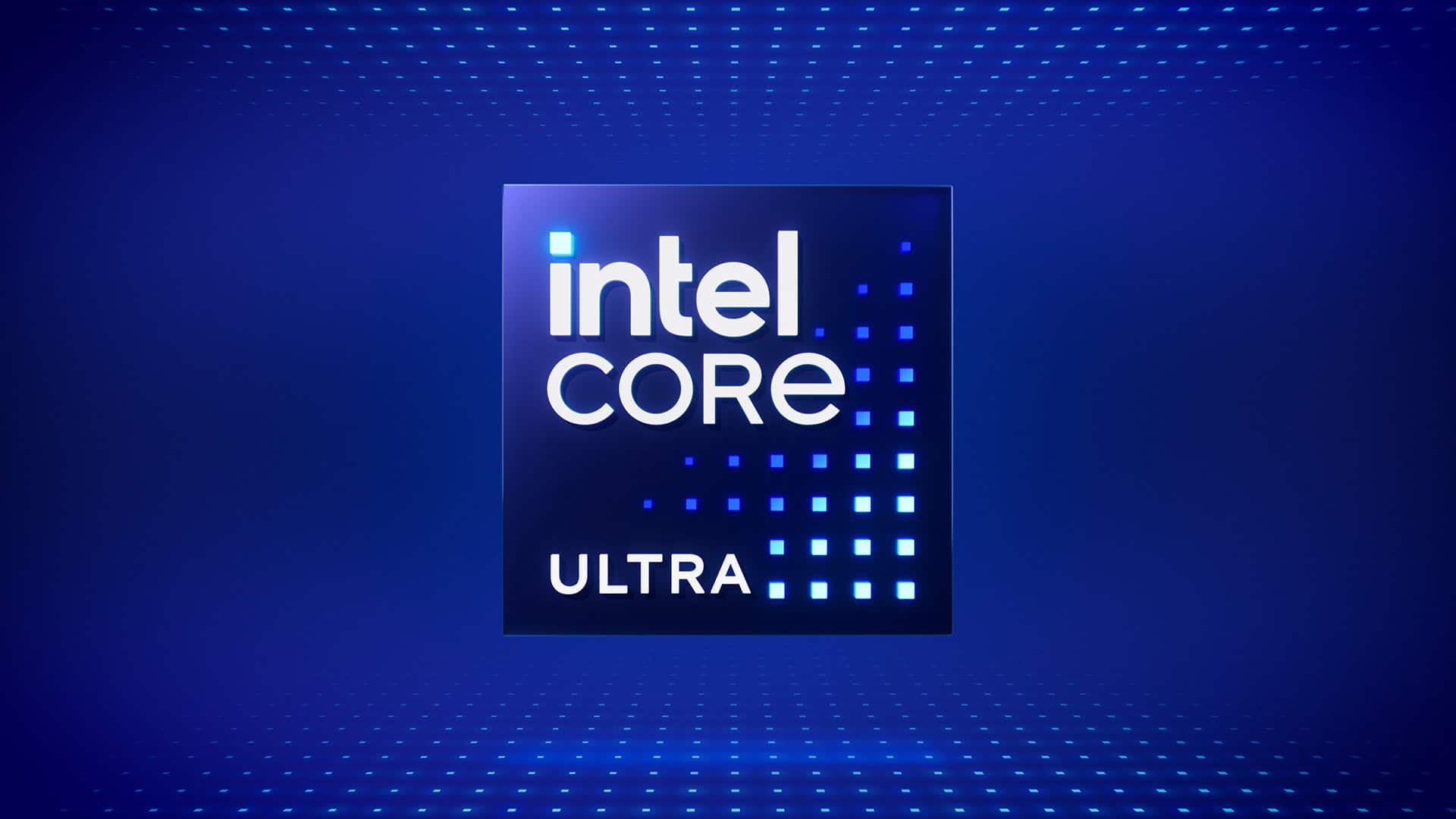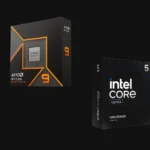Intel is set to release new laptop processors in early 2025. The Core Ultra 200H series, part of the Arrow Lake family, will bring fresh tech to portable computers. These chips aim to boost speed and power for users who need strong performance on the go.
The Core Ultra 200H lineup will have five models, ranging from Core Ultra 5 to Core Ultra 9. Each chip will mix different core types to balance speed and energy use. The top models may have up to eight high-power cores and 16 energy-saving cores. This blend could help laptops run fast when needed, while still lasting long on battery.
Intel’s new chips will face tough competition in the laptop market. But with upgrades to processing power and built-in graphics, they could appeal to gamers and creators alike. As more details come out, we’ll see how these CPUs stack up against rivals and past Intel chips.
Intel Ultra 200H Models Leaked
A recent post on X by trusted leaker Jaykihn says the following chips and specs will be launched as part of the 200H series:

Intel Core Ultra 200H: Ushering in a New Era of Laptop Performance
Arrow Lake Architecture: A Leap Forward
Get ready for a major upgrade in laptop performance! Intel is preparing to launch its next-generation Core Ultra 200H series mobile processors, codenamed “Arrow Lake-H.” These chips are set to redefine what’s possible in thin-and-light laptops and gaming notebooks. They promise significant improvements in speed, efficiency, and graphics capabilities.
Hybrid Core Design: A Trio of Core Types
Intel’s hybrid core design, first introduced in Alder Lake processors, continues to evolve with the Ultra 200H series. These chips will combine three types of cores to deliver optimal performance and power efficiency:
- Performance-cores (P-cores): These high-performance cores handle demanding tasks like gaming and content creation.
- Efficient-cores (E-cores): These power-efficient cores take care of background tasks and less demanding workloads.
- Low-Power Efficient-cores (LPE-cores): This new core type is designed for even greater power savings in background operations, contributing to longer battery life.
Integrated Graphics: A Visual Upgrade
The integrated graphics in the Ultra 200H series are getting a major boost. Based on Intel’s Xe-LPG architecture, they promise a significant upgrade over current integrated solutions. This means smoother visuals and better performance for casual gaming and content creation, even without a dedicated graphics card.
Performance and Efficiency: A Winning Combination
The combination of the new Arrow Lake architecture, the hybrid core design with LPE-cores, and the enhanced integrated graphics should result in a noticeable performance leap. You can expect faster speeds in demanding applications, smoother multitasking, and improved battery life.
Leaked Models: A Glimpse of the Lineup
While Intel hasn’t officially revealed the full lineup, leaked information suggests five potential models in the Core Ultra 200H series:
| Model | Cores/Threads (Expected) | TDP (Expected) |
| Core Ultra 9 285H | 14 cores / 20 threads | 45W |
| Core Ultra 7 265H | 12 cores / 16 threads | 45W |
| Core Ultra 5 255H | 10 cores / 12 threads | 45W |
| Core Ultra 5 235H | 8 cores / 10 threads | 45W |
| Core Ultra 5 225H | 6 cores / 8 threads | 45W |
These models cater to a range of performance needs, from high-end gaming laptops to thin-and-light ultrabooks.
The Future of Laptop Performance
The Intel Core Ultra 200H series is poised to bring significant advancements to the laptop world. With its focus on performance, efficiency, and graphics capabilities, it’s an exciting development for anyone looking for a powerful and versatile laptop.
Key Takeaways
- New Intel laptop CPUs coming in early 2025
- Five models with mixed core types for better performance
- Improved processing and graphics for various user needs
Overview of Intel Core Ultra 200H Arrow Lake-H CPUs
Intel’s Core Ultra 200H Arrow Lake-H CPUs bring major upgrades to laptop processors. These chips offer better performance, new AI features, and improved power efficiency.
Architecture and Design
Arrow Lake-H uses a hybrid design with Lion Cove P-cores and Skymont E-cores. The P-cores handle high-performance tasks, while E-cores manage background work. This setup boosts speed and saves power.
The chips are made on Intel 4, a new 7nm process. This allows more transistors in a smaller space. As a result, the CPUs run faster and use less energy.
Cache sizes have grown too. Larger L2 and L3 caches help the CPU work quicker by keeping more data close at hand.
Performance Metrics
Clock speeds for Arrow Lake-H are higher than past models. Base clocks start around 2.5 GHz. Turbo speeds can reach over 5 GHz on some chips.
The CPUs have up to 8 P-cores and 16 E-cores. This gives 32 threads with hyperthreading on the P-cores.
TDP ranges from 28W to 65W. Higher TDP models can boost to over 100W for short bursts of top speed.
Compared to Raptor Lake, these chips are about 15% faster in single-core tasks. Multi-core gains are even bigger, thanks to more cores.
Technological Advancements
Arrow Lake-H adds new AI hardware. A built-in NPU speeds up AI tasks without using the main CPU or GPU.
The integrated GPU gets an upgrade too. It uses Intel’s latest Xe cores, giving laptop gamers better graphics without a separate card.
Memory support improves with faster DDR5. This helps feed data to the CPU more quickly.
New power features let the chips adjust speed and power use more finely. This leads to longer battery life in laptops.







